Pulling On The Lead
My greyhound pulls terribly on the lead. It makes taking him for a walk a real chore!
Many dogs are very excited to leave on their daily walk. In the rush to get to the park they often learn to pull on the lead. Unfortunately we tend to actually reinforce this behaviour – the dog pulls and we follow along, and the end result is the dog learns it can get to the park faster if it pulls.
Most greyhounds are taught to walk on the leash as part of their race career training, but some younger dogs, or those that have never raced, may not have had a lot of training in this area. Others have only ever associated the leash with the excitement of racing, so their trained response is one of excitement and anticipation.
Apart from the obvious discomfort to our arms, there is also the risk that the dog will pull us over. For the dog, there are also physical consequences. For dogs wearing collars that tighten or choke, the consequence of constant pulling can be restriction of air intake, and restriction of blood flow to the entire head. Some dogs have even been shown to sustain damage to the sensitive retina in the eye due to sudden increases to blood pressure as the collar goes tight.
So how can I make the dog stop pulling?
Teaching the dog to walk on a loose leash is not an easy task. It takes time, patience, and most of all – consistency. The dog must learn that pulling will get it nowhere, and a loose leash will result in progress. By the time most people decide to train loose leash walking, their dog has been pulling for months or years. This means the pulling behaviour has been rewarded for a long time, and therefore the dog will think this is the correct response. It takes a while to fade this behaviour from the dog’s repertoire.
The idea is to teach the dog that the consequence of pulling is that the walk will stop. Therefore every time the leash goes tight, you will have to stop any forward progress and stand still. If you have a large dog, you might have to brace yourself a little as you stop. You can then work on encouraging your dog to move so that the lead loosens before heading off again.
Another option is to stop moving forward as the lead goes tight, but instead of standing still, walk off in another direction. You might turn around and go back the way you came, or you might just head off in another direction. If the dog races in front and starts to pull, you change direction again.
As you can imagine, both of these methods will mean you spend quite a bit of your walk stopped, or not moving forward, and you might not get very far on each walk. As your dog will still need a normal amount of exercise, so you might have to think of alternate ways to burn off some steam whilst you concentrate on teaching the dog the loose leash walking. Sometimes it is a good idea to burn off some steam before you start your walk so the dog is not quite as energetic as you try to concentrate on the loose leash.
It is also important that everyone who walks the dog follows the same steps. If you are working hard on the loose leash walking and then another family member takes the dog for a walk and lets it pull all the way to the park, you will find that you will make very little progress, and the dog will be confused as to what is correct. Every person walking the dog must do the same thing, and it must also happen on every walk. If you are too busy to spend time working on keeping the leash loose, don’t just let the dog pull again, maybe exercise the dog by throwing a toy in the backyard instead.
Is there equipment that can help reduce the pulling?
There are now many different pieces of equipment that are designed to help give owners a physical advantage. There are special harnesses designed to reduce pulling, and many different head collars that will help. Head collars fit over the head and nose of the dog, similar to a halter for a horse. They give the owner a way of controlling the head of the dog, which is helpful if your dog tends to be reactive in certain situations – maybe he really gets excited when people ride past on bikes, or when he sees a cat, small animals or other dogs.
Both harnesses and head collars have a mechanical effect, but the benefits of these will soon be lost if you just continue to let the dog pull. The idea is to stop walking as the lead goes tight, and let the equipment do its job. The lead is held steady, it is not jerked or pulled, and once the lead is loose, you can again move forward. Most people find that they have the best success in the shortest time by combining the training with the added assistance of the equipment.
Although there are many brands of head collar, greyhounds do quite well in the Halti brand ones as they tend to fit breeds of dogs with longer noses really well. The sizing on the packet of the Halti is a little misleading, and you usually need to buy a size or two smaller than you would expect – sometimes taking the dog with you to the shop, or having the head collar fitted by someone who understands how they should fit is the best way to make sure you get the right size.
Generally head collars need to be fitted so that the strap that goes around the back of the dog’s neck is quite firm. Because it sits high on the neck, it does not need to allow any space underneath – unlike fitting a collar. The leash attaches under the jaw of the greyhound, and many people choose to have the Halti ‘safety strap’ or a ‘connector’ fitted to the dog’s normal collar, in case the dog gets the Halti off.
If you are not sure about fitting or using a head-collar it is best to ask someone knowledgeable to show you how it is done. If you have trained dogs before using a choke or correction collar, you will need to be careful that you don’t jerk on the leash that is attached to the head collar in the same way or you may do damage to your greyhound’s neck. Instead, think of the head collar as ‘power steering’ with the act of you standing still and holding the leash steady having the desired effect.
Because sudden jerking on the leash will have the effect of turning the dog’s head too quickly, it is also advisable not to allow the greyhound to run on a long line which is attached to a head collar. This is simply because they can do serious damage if they race off at speed and hit the end of the line suddenly. It is safer to attach a long line to a flat collar.
Meet our dogs ready for adoption
All greyhounds adopted from GAP are de-sexed, vaccinated, microchipped, wormed and health checked.
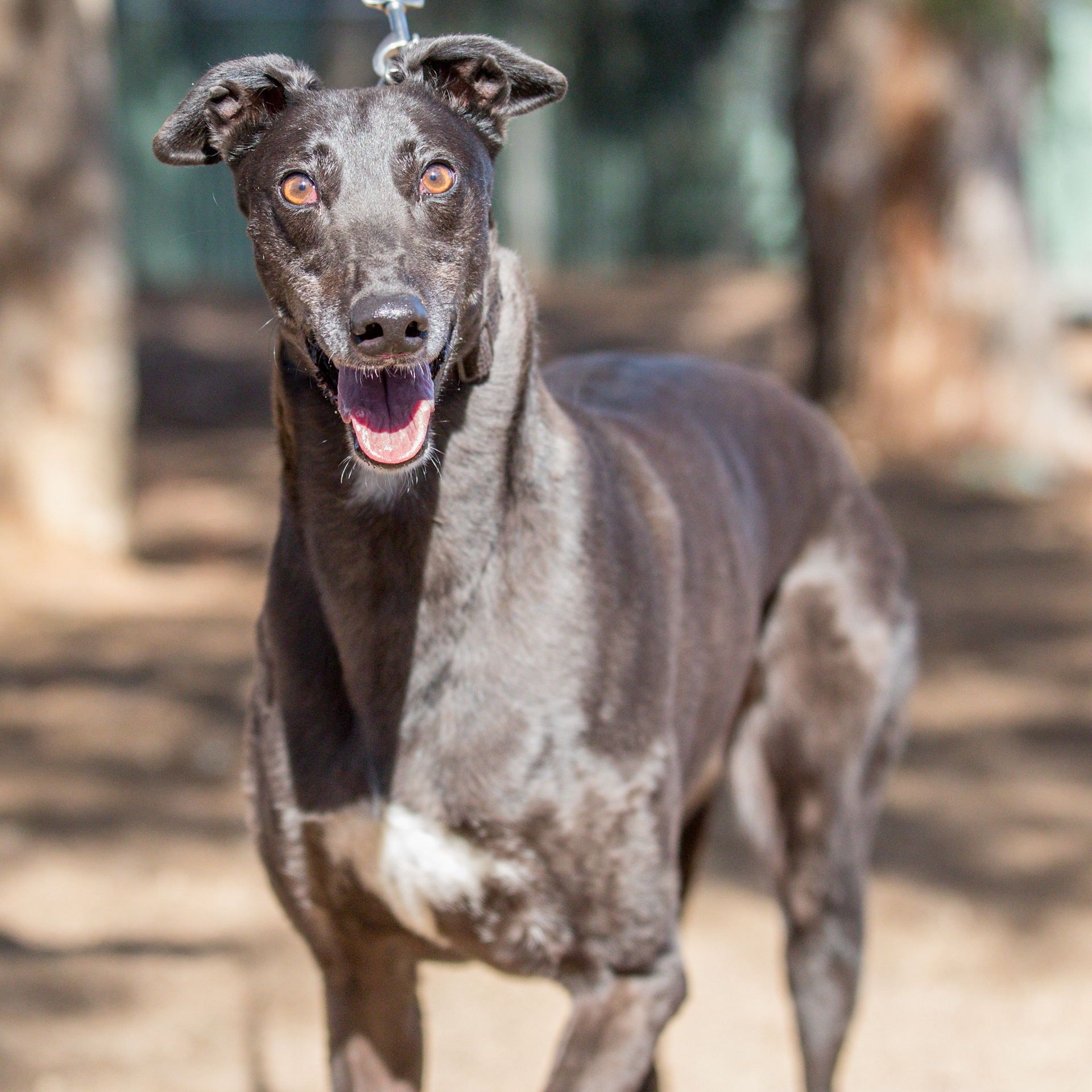
Piggles
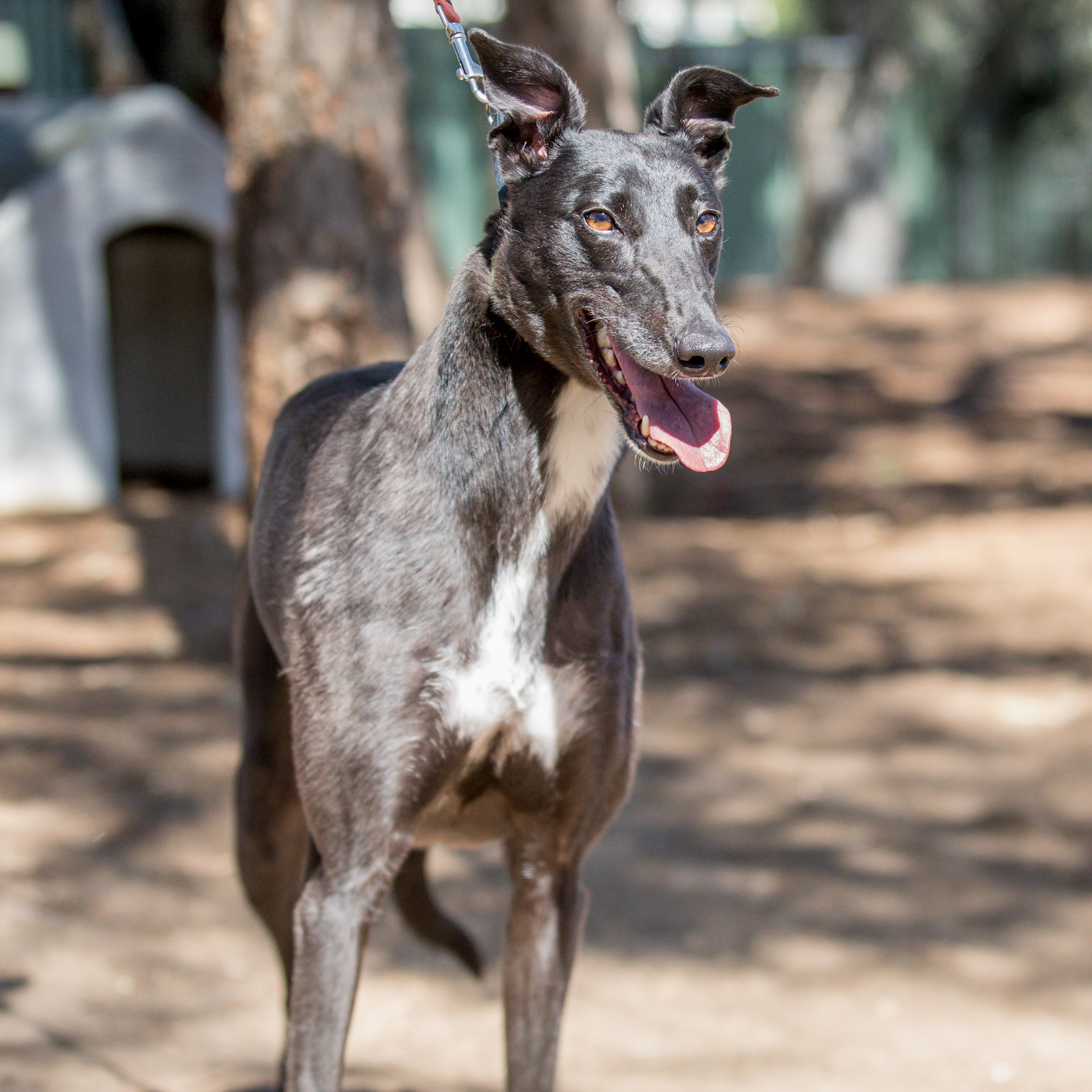
Clover
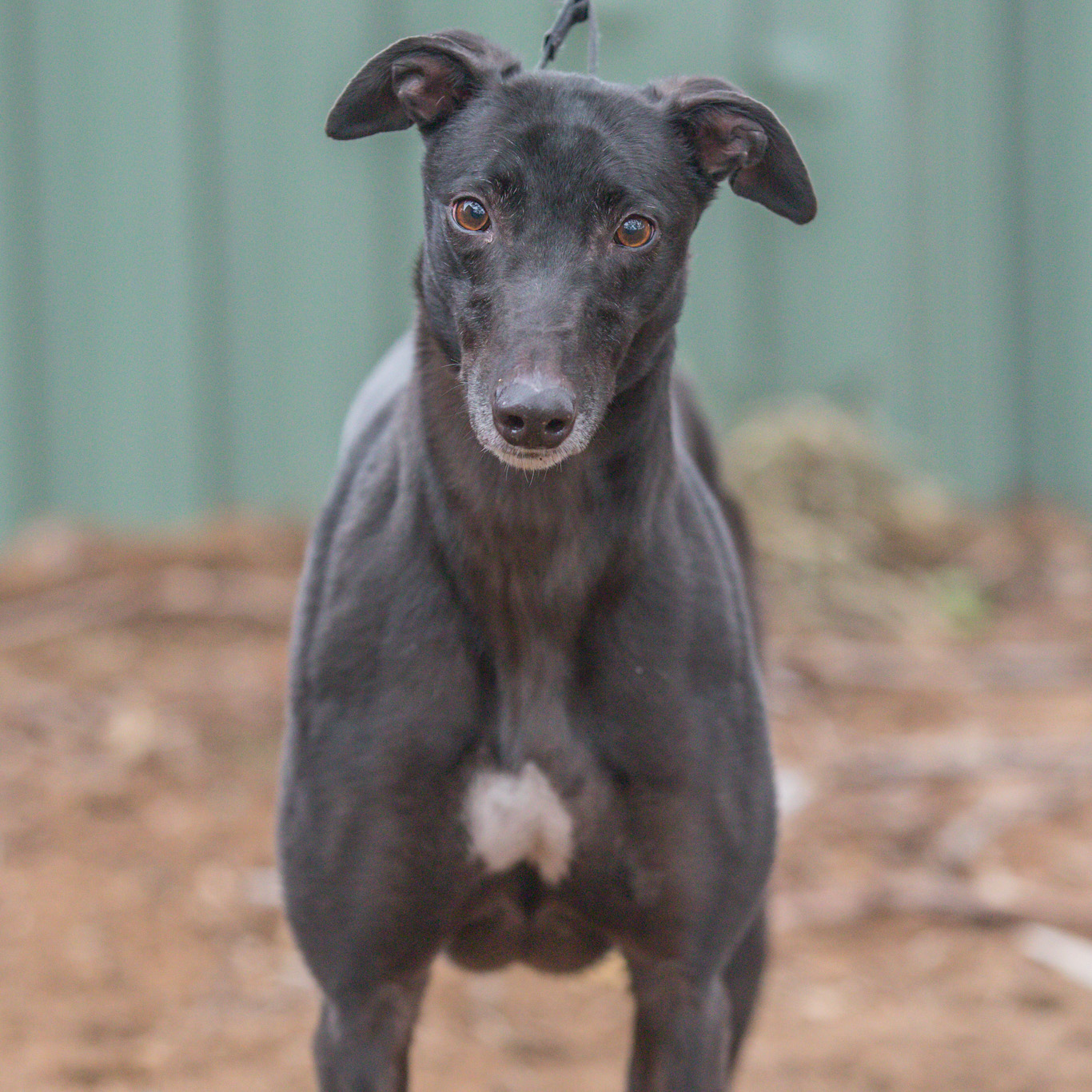
Greta

George
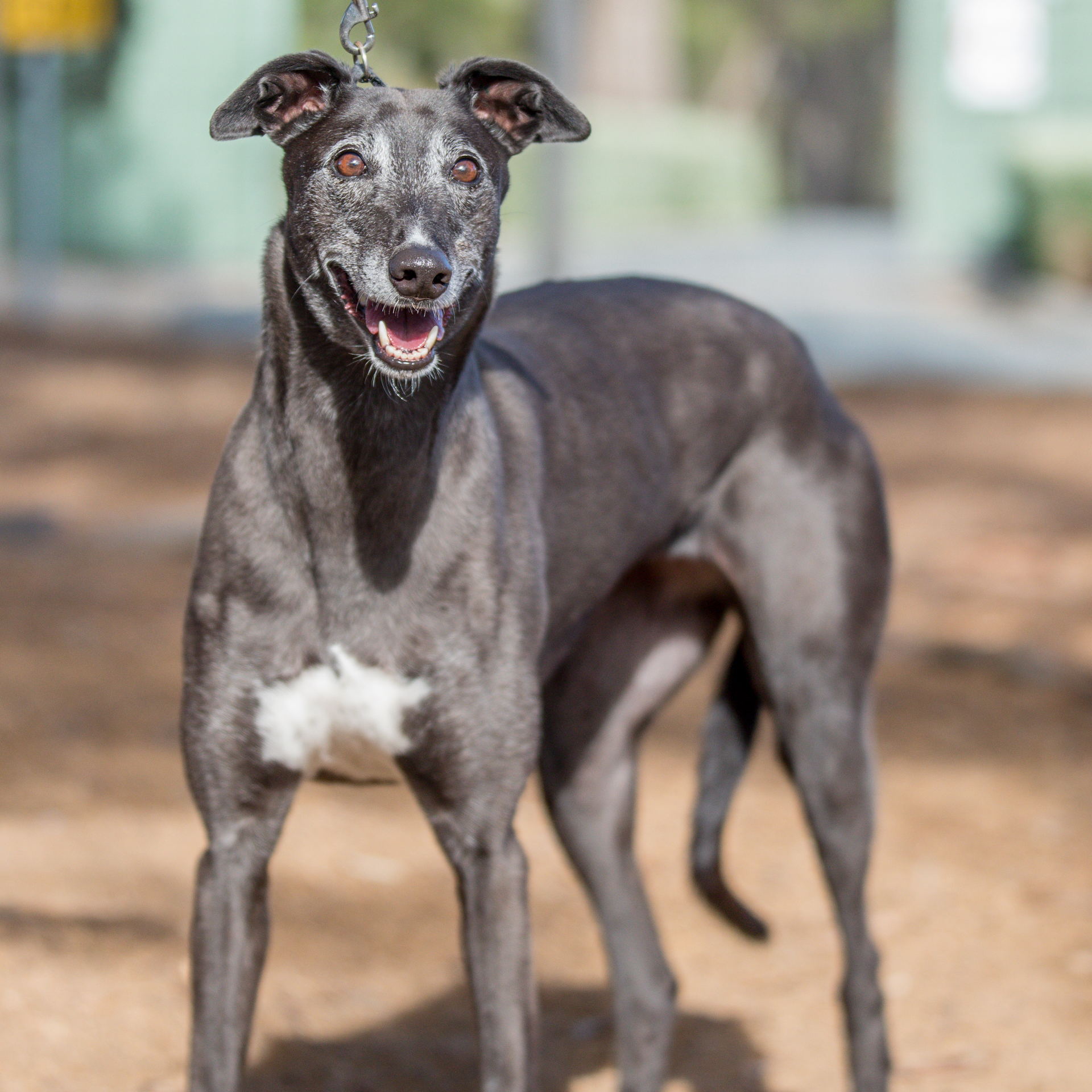
Lucy
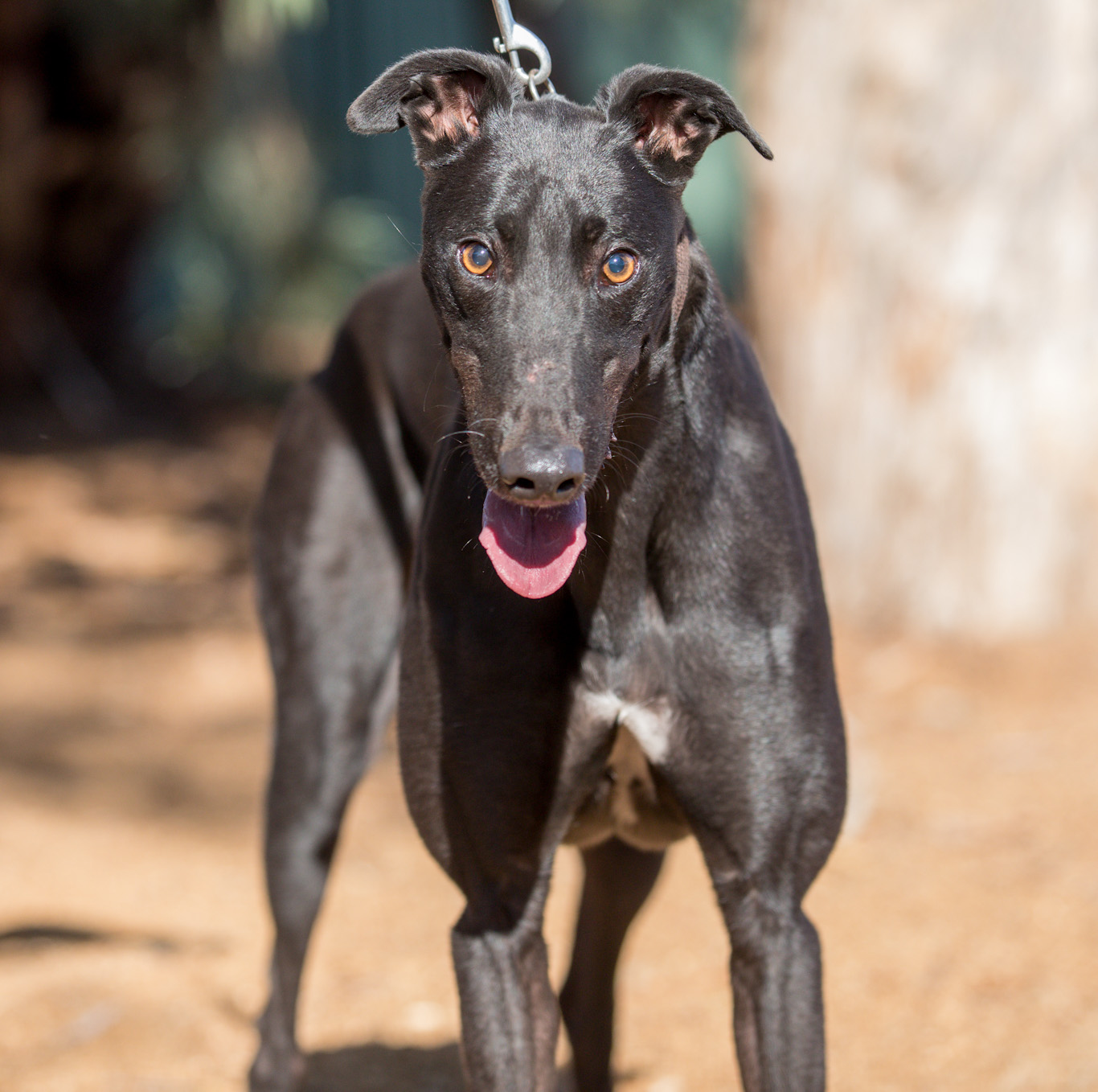
Wolf

Jacko ARP
Jacko's dream is to be in a home witha family that can include him all of their activities; he is up for camping,going to the café, beer garden, local markets, you name it! He loves nothingmore than human attention and affection. He may suit living with another dog ofsimilar size or if living as an only dog may need to have some training earlyon to learn to be home alone. He may suit living with children aged 10 yearsand older.

Boppy ARP
Are you ready to get Boppy!! Cause this sweet girl is ready to take on life with her own family and show them what having fun is all about. Boppy is an affectionate and happy girl that thinks life is GREAT! She cant wait to have many adventures in her new home with possibly some side kicks (children 10 and over) or just a fun loving owner that is wanting to get out and about and “Bop” around. We also think she may suit living with another medium or larger male dog companion and full time workers.
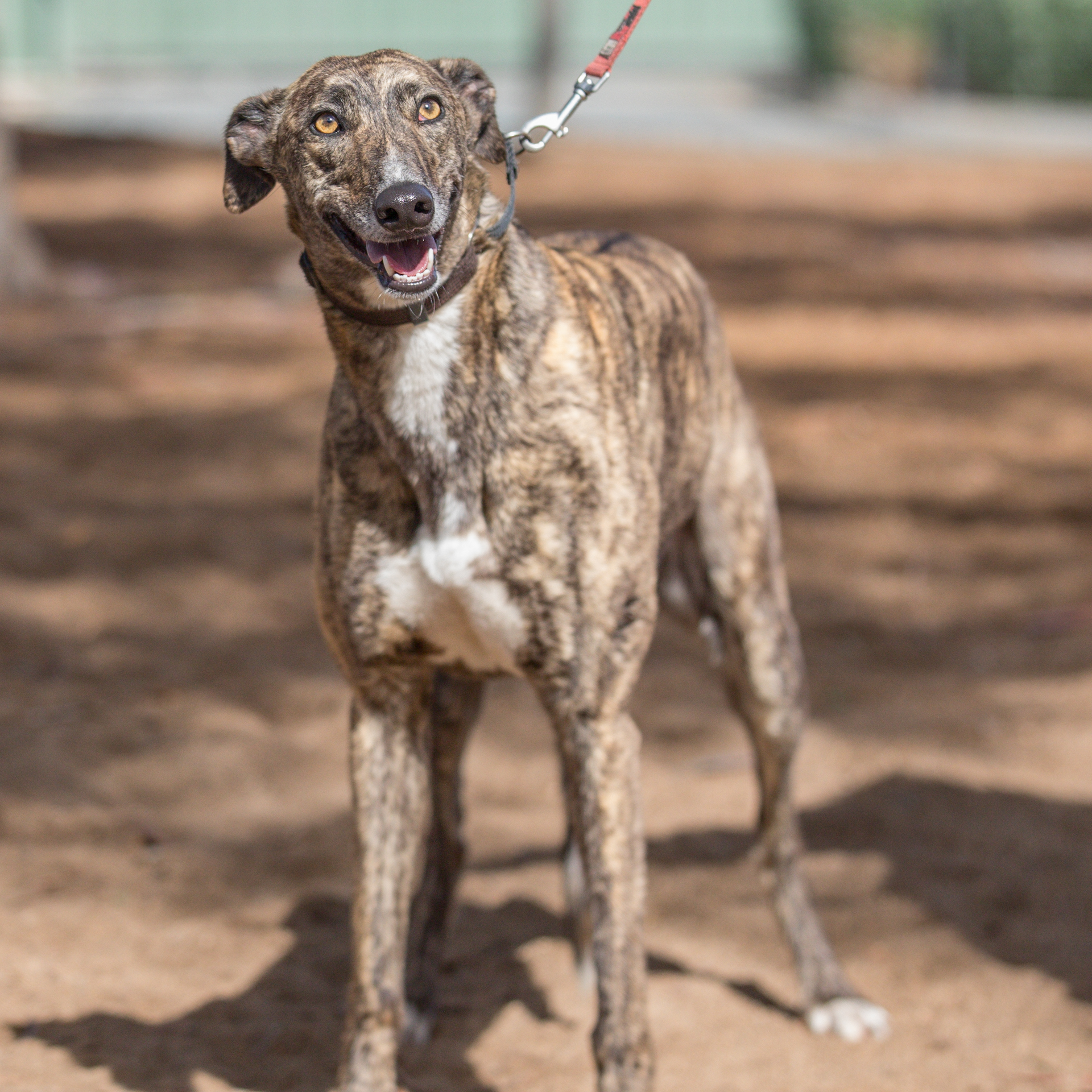
Zoom ARP
How adorable is Zoom? She is a lovely, quiet and sweet girl who thinks the world is a bit of a scary place. She will be looking for someone special who can show her the way and help her to build her confidence. She really tries hard to please so we think she will flower into a lovely dog. Zoom might be best suited to a quieter home with no children, however she may suit full time workers.
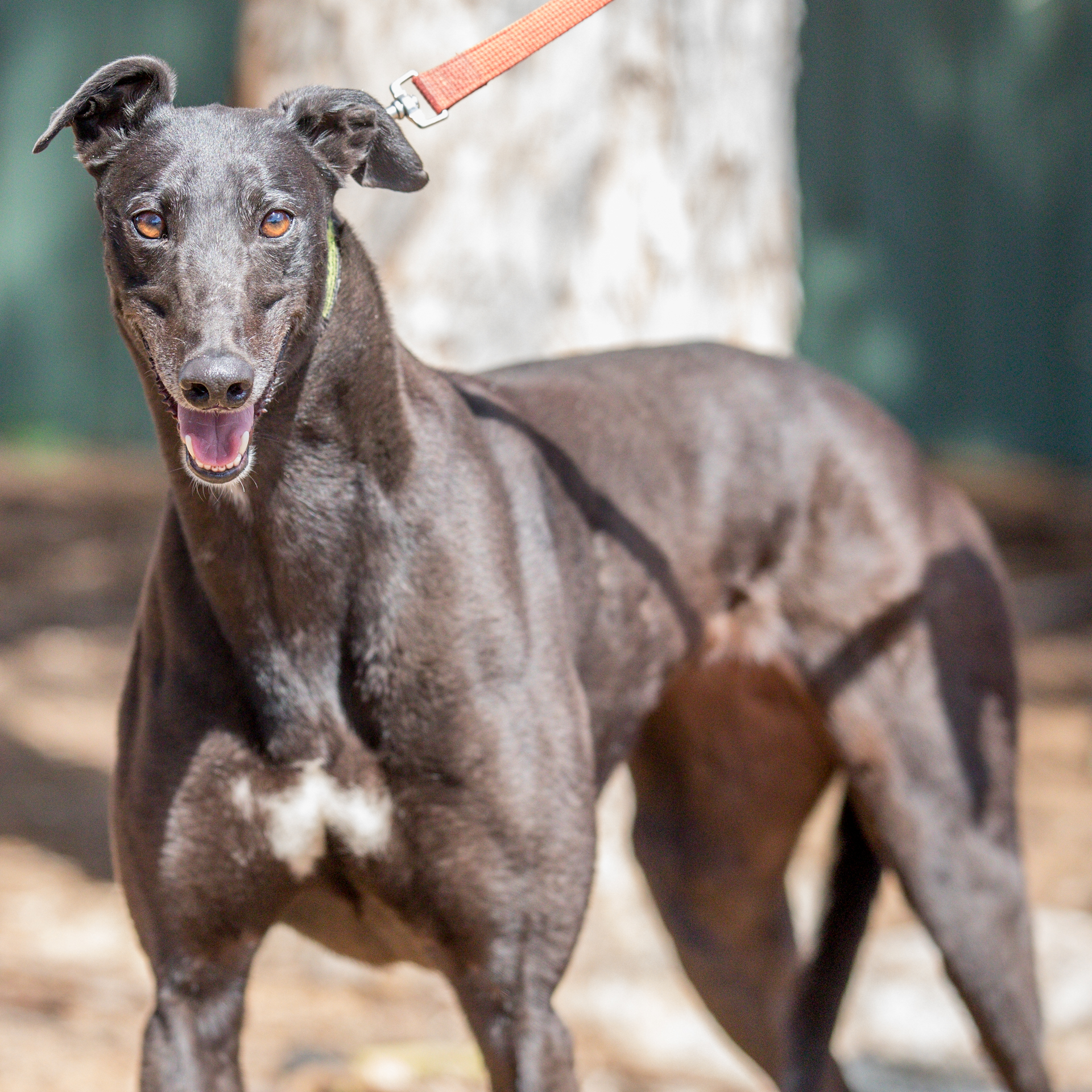
Xinji ARP
Xinji (pronounced Shin-jee) is a lovely young girl who has a world of love to give you. She can be a bit of a worrier and can be shy when she first meets you, but with a little bit of time and patience, we know she will blossom into a wonderful companion. She walks well on the lead and will be looking for a quiet household to settle into. She may be happy living with or without another canine companion of any size, though she would prefer having access to a backyard. She may also suit full time workers and living with children aged in their teens.





_51505627.jpg)


.jpg)
